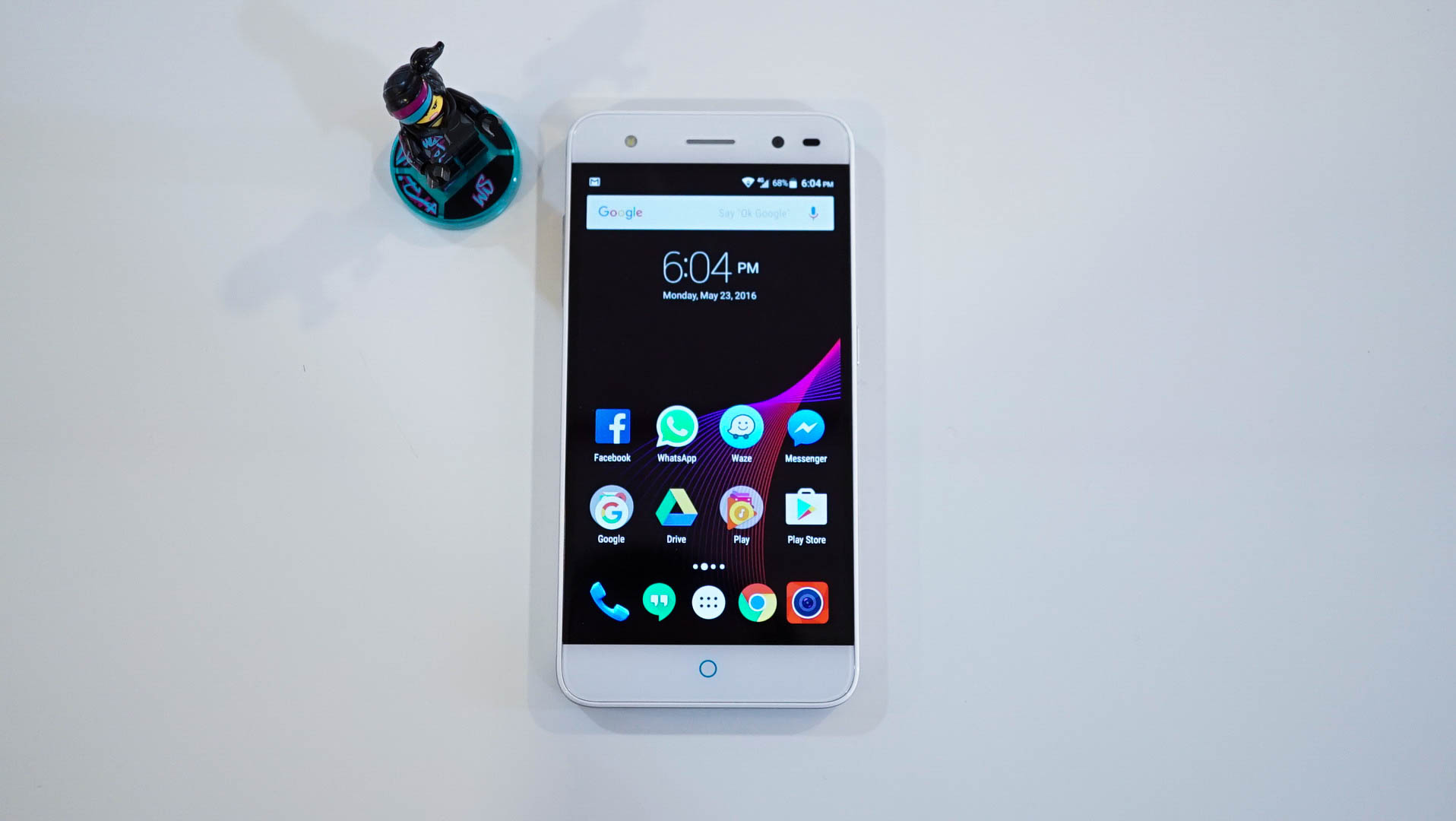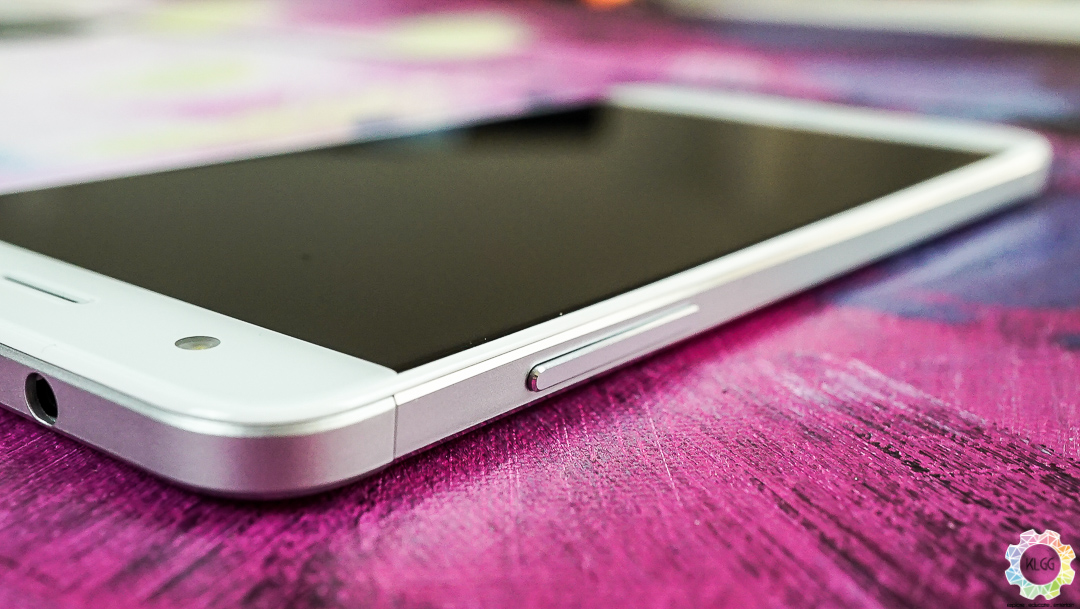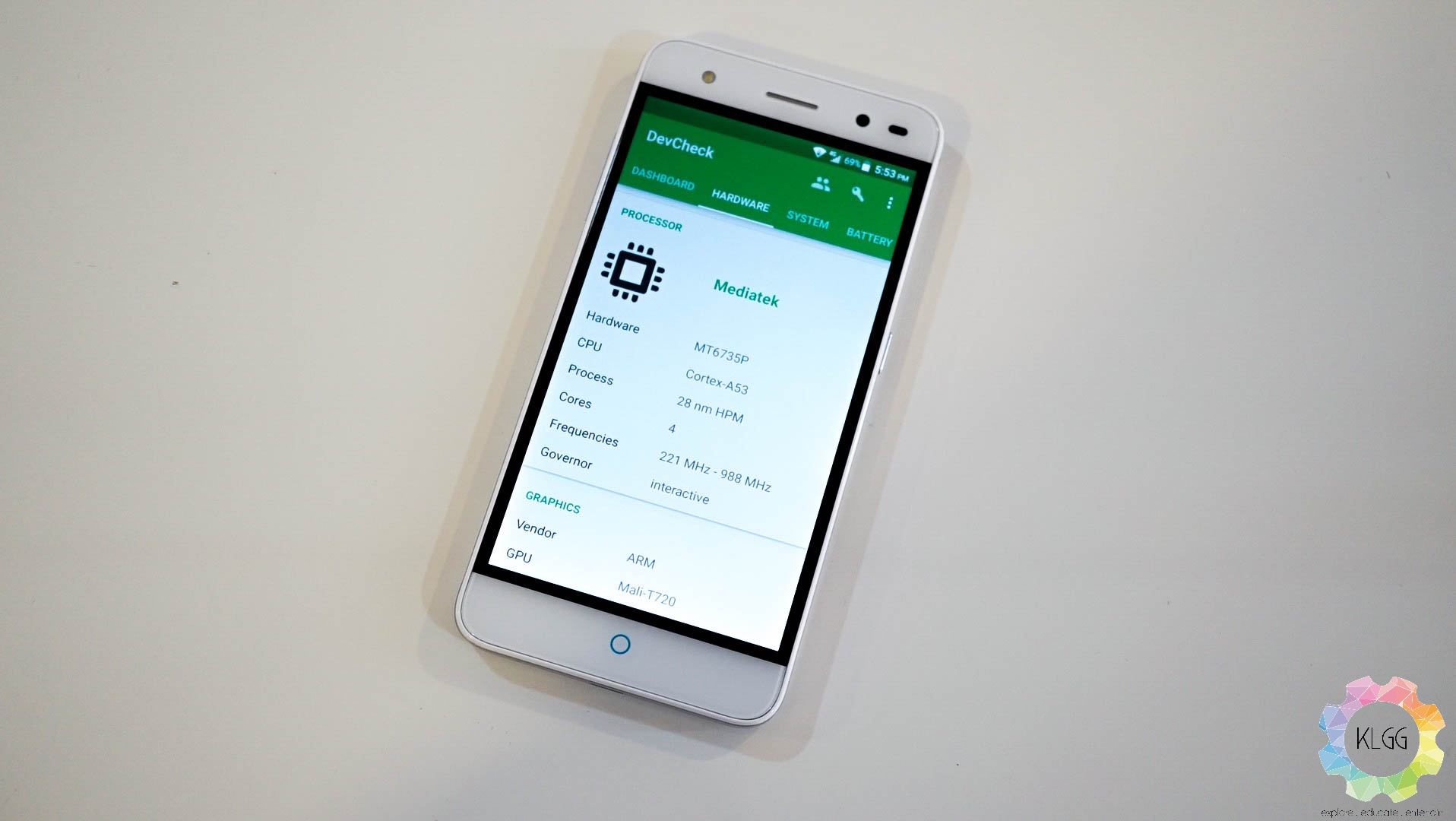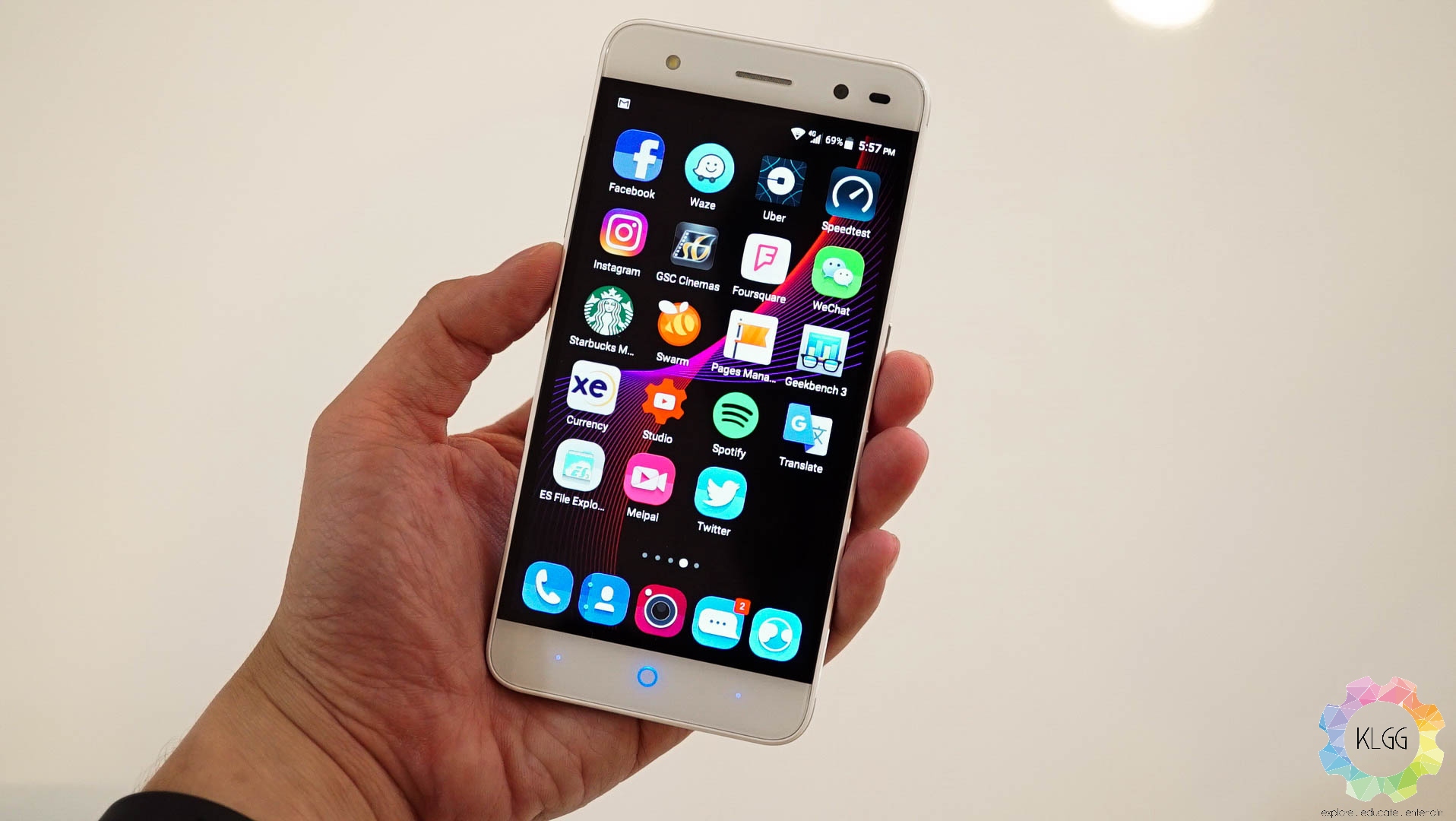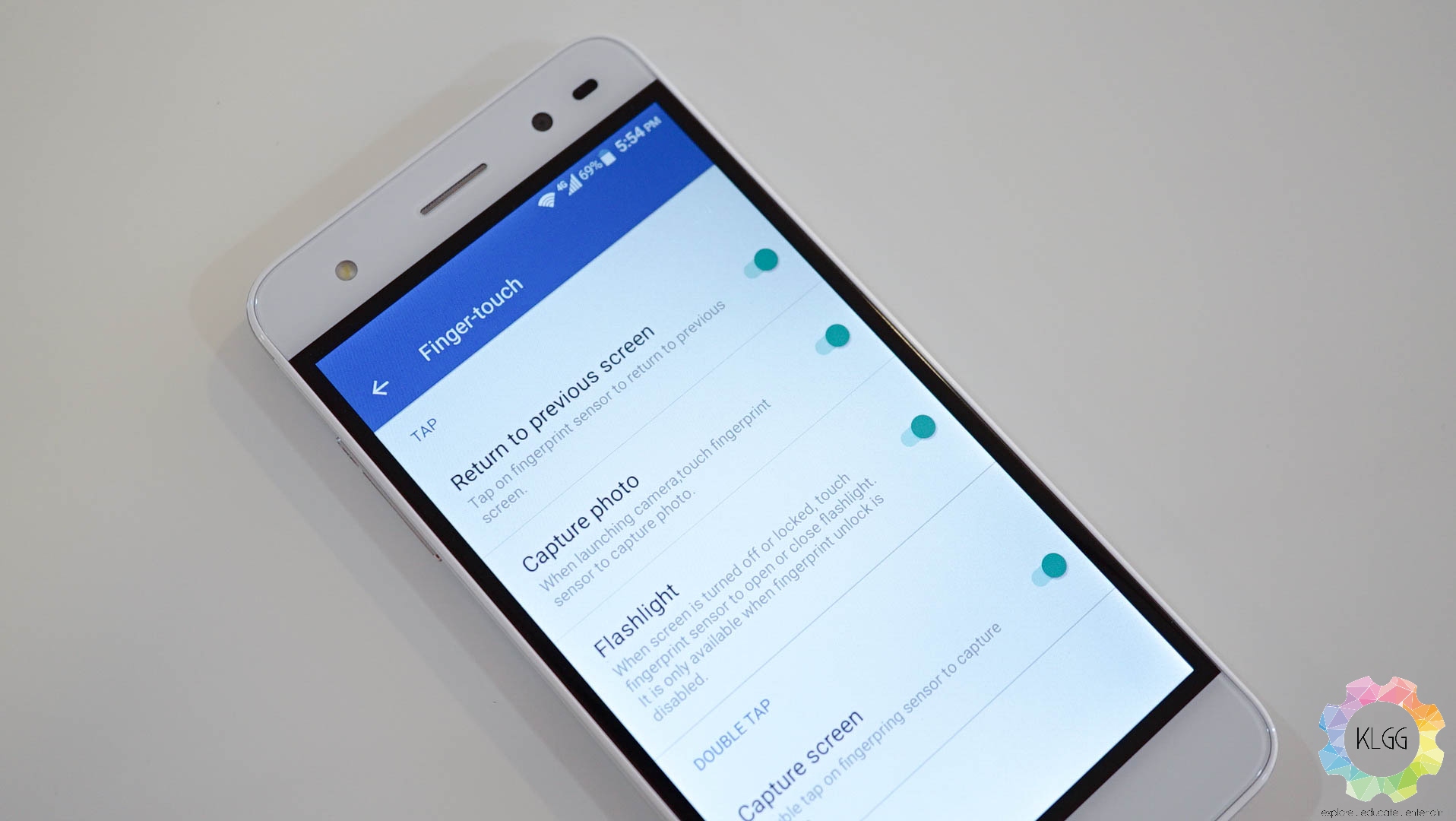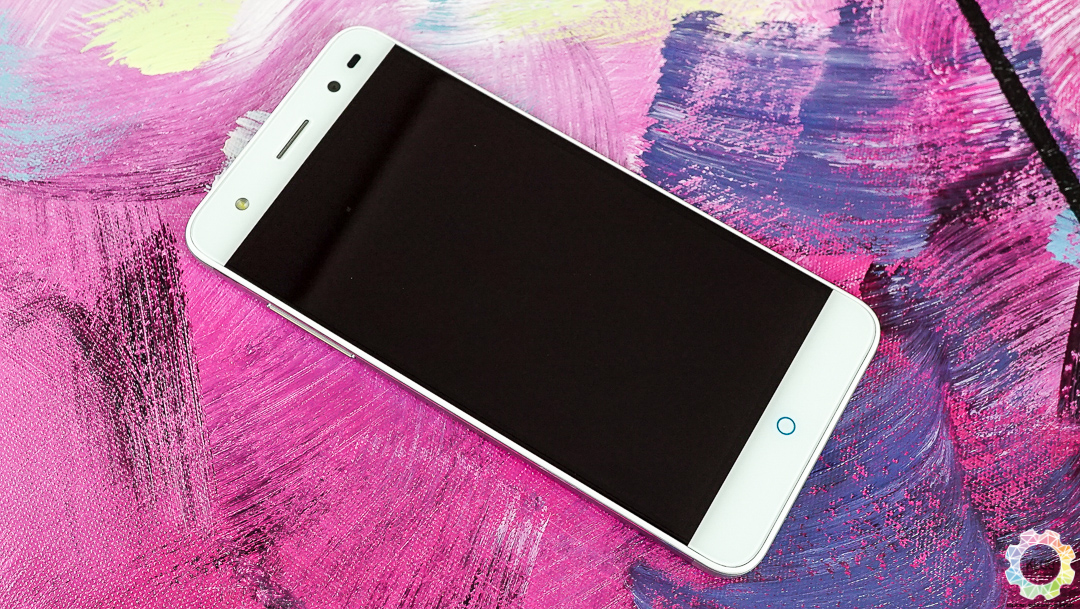 If you are watching the tech space closely, ZTE is a common household name that you can find in networking devices and your telco’s cell tower is probably be powered by ZTE’s hardware to deliver LTE services. The company hasn’t been releasing hero devices for a while and their products have recently been overshadowed by many other Chinese smartphones, however things might actually shake up a little with the introduction of the ZTE Blade V7 series smartphone, particularly the Blade V7 Lite, an affordable and handsome looking smartphone that features great aesthetics with entry-level hardware, this may not be the most impressive product on paper, but there are things that will definitely appeal to the entry-level user category.
If you are watching the tech space closely, ZTE is a common household name that you can find in networking devices and your telco’s cell tower is probably be powered by ZTE’s hardware to deliver LTE services. The company hasn’t been releasing hero devices for a while and their products have recently been overshadowed by many other Chinese smartphones, however things might actually shake up a little with the introduction of the ZTE Blade V7 series smartphone, particularly the Blade V7 Lite, an affordable and handsome looking smartphone that features great aesthetics with entry-level hardware, this may not be the most impressive product on paper, but there are things that will definitely appeal to the entry-level user category.
Design
Design is a thing that many Chinese phone makers have been emphasizing on their products, while an all metal unibody is nothing to shout about, ZTE has specifically highlighted that the phone is designed in Munich, a home to German car makers, and we can see why the company is so proud about it. Aesthetically, the Blade V7 Lite is a very compact and lightweight device despite having an all metal built, measuring a mere 7.9mm thickness, this is the slimmest smartphone you can find in the entry level category.
The Blade V7 Lite is one of the most interesting entry-level smartphones I’ve ever come across, most people I’ve shown the phone couldn’t believe that this is an entry level device, as ZTE has really done a great job on the overall product design, the 5-inch HD display is coated with 2.5D curved glass, the row of capacitive buttons light up nicely in blue when pressed and it even lets you configure the recent app and back keys.
Turn over the device and you will realize that it sports chamfered edges around its frame and has a very nice chrome ring around the camera lens, which are design attributes that you will not usually find in the same category of smartphones. The rear fingerprint scanner is also a very practical design that reminds us dearly of many higher end smartphones, the two loudspeakers on the back will sound loud enough for most people.
Under the hood, the Blade V7 Lite is powered by an old but familiar MediaTek MT6735P 1.0GHz quad-core SoC, while it isn’t the best chip in today’s Android entry-level standards, ZTE has thankfully given 2GB of RAM and 16GB of built-in storage, which still isn’t too shabby. The phone supports Dual SIM standby with both slots able to connect to 4G LTE networks, it also has a rather generous 2500mAh battery that I find it to be decent in my usage.
Android 6.0 works great on an entry-level hardware
I have to commend ZTE in the software department, as the Blade V7 Lite is probably one of the only few entry-level devices that comes preloaded with Android 6.0 Marshmallow, which is so unlike many other smartphones that still come with an older iteration of Android. Android Marshmallow brings a series of performance improvements to the table, which is why the Blade V7 Lite is such a great smartphone to use despite having entry-level hardware, there’s still noticeable lags from time to time however the experience has been rather reliable in my usage.
ZTE has made effort in making the fingerprint scanner more useful, even though it doesn’t support unlocking without turning on your display, you can assign apps to be launched with different fingers, turn on the flashlight without unlocking the phone, double tap to capture a screenshot, encrypt content in a private space and many more practical features that some users will love.
The phone surprisingly has Arkamys audio equalizer preinstalled that aims to improve the audio listening experience, there’s sadly no equalizer for customizing audio effects however it does tend to offer a good listening experience on headphones, no doubt it is still no match to its competitors like MaxxAudio, Dolby or HTC’s BoomSound, users can be assured of a better audio quality than other entry-level smartphones.
The Blade V7 Lite’s software experience is overall a great one, ZTE has kept it clean and simple with no bloatware hogging down the system resource, the launcher however lacks customizability such as changing themes, fonts and icons, you can easily resolve that by installing a 3rd party launcher, in my case I’ve been using Google Now launcher throughout the review period.
Camera
For the price that you are paying for the phone, you shouldn’t expect the phone’s camera to perform great despite having a fairly high 13-megapixel resolution, photos taken with the phone look rather grainy even in great lighting conditions, the camera software is great though as it offers a certain level of tuning to photos, but sadly you can’t really take a decent photo out of it.
The front camera however is a different story, it captures 8-megapixel photos and has an LED flash to brighten up your face in low lighting conditions, it also has a panorama feature that helps you take wefies if you ever need to.
Benchmark and Battery Life
In real world usage, the phone performs fine as an entry-level device, users shouldn’t expect it to open apps in blazing fast speeds and a great score on performance benchmarks, the phone’s hardware also doesn’t do well in the graphics department, you may experience lags even in casual games like Candy Crush Soda.
The ZTE Blade V7 Lite hasn’t been used very heavily in my one week review period and despite being my daily driver, the phone’s battery life is decent as I’ll have around 35%-40% left at the end of the day, hence I would assume it to last a full working day with a 3-hour on screen time.


